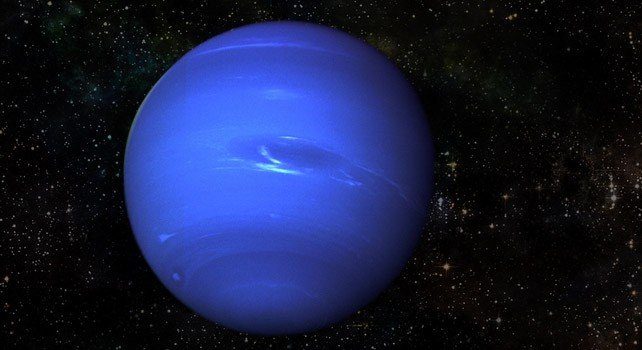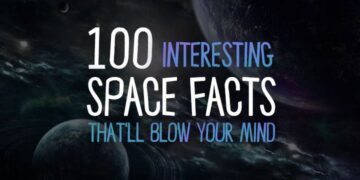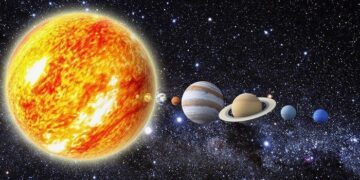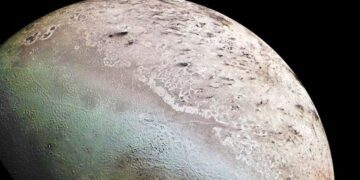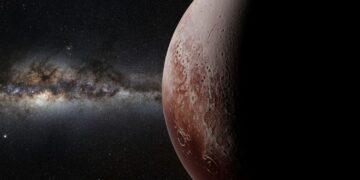If you enjoy random knowledge, space facts and more specifically, the planet Neptune, then you’ll love these top 10 facts about this planet.
Neptune is the most distant planet in our solar system.
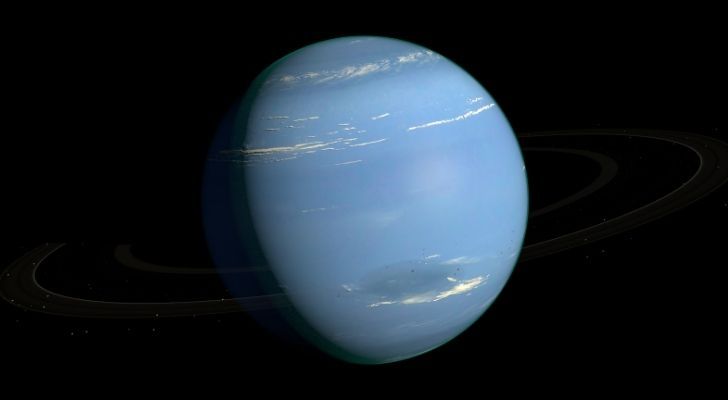
When Neptune was first discovered in 1846, it became the most distant planet in our Solar System.
Then just 84 years later, Pluto was discovered, making it the most distant planet.
After discovering Pluto, they soon realized that it’s orbit was ecliptic.
As all the other planets in our Solar System have a circular orbit, they stay the same distance away form the sun at all times.
Pluto has an egg-shaped orbit, meaning the distance away from the sun varies according to where in its orbit.
At the times where Pluto is nearer to the Sun in its orbit, it becomes closer to the Sun the Neptune does, making Neptune the most distant planet in our Solar System.
The last time this event occurred was between 1979 and 1999.
Sadly in 2006, it was decided that Pluto was no longer a planet, making Neptune the most distant planet in our Solar System once again.
Neptune was originally called “Le Verrier’s Planet”.
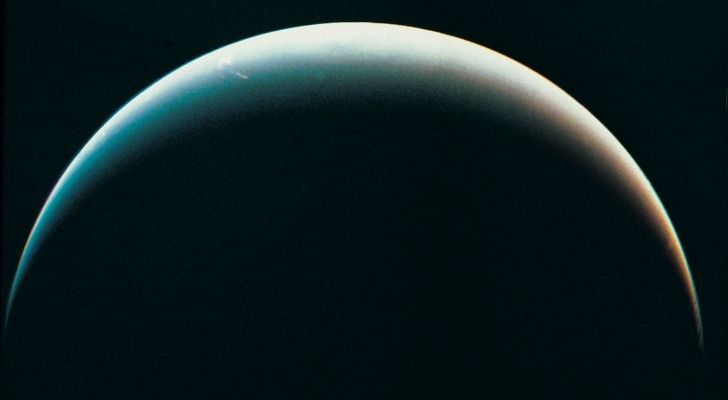
Shortly after it’s discovery, Neptune was only referred to as “the planet exterior to Uranus”.
Or more commonly “Le Verrier’s planet”. After the man who discovered it, Urbain Le Verrier.
There were a number of suggestions about what to call this planet, but in the end, the man who discovered this planet chose the name Neptune.
Neptune has 14 known moons.
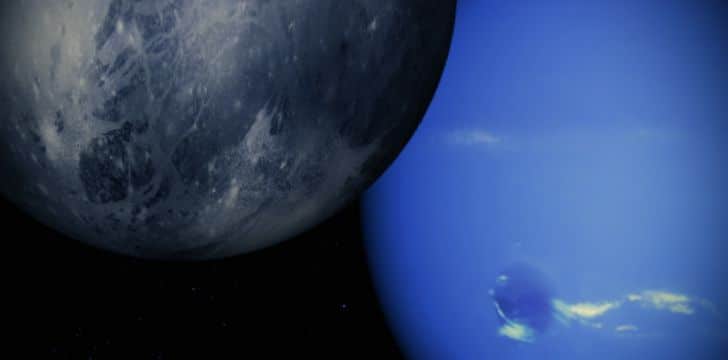
Neptune’s largest moon, Triton, is one of the coldest places known within our Solar System.
The temperature on the surface of this moon can dip down to an amazing -391°F (-235°C)!
When NASA’s Voyager 2 passed by Triton, it observed volcanoes erupting liquid nitrogen!
When Voyager 2 passed by, it managed to find another six that were not visible from Earth.
Later, in 2002, three more moons were discovered from a ground based telescope.
A Neptunian year lasts for 165 Earth years!
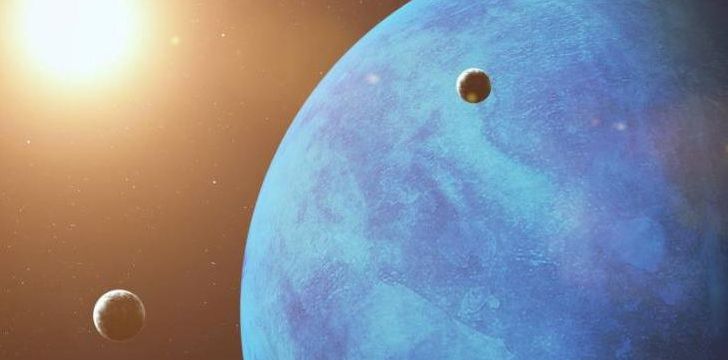
Because of Neptune distance from the Sun, It takes 164.79 Earth years to orbit the Sun once.
This means that since it’s discovery in 1846, only one Neptunian year has passed!
Neptune has a similar tilt on its axis as Earth does.
This means that it has similar seasons as Earth does, only they last much, much longer!
An average summer on Neptune would last for 41 years!
Each day on Neptune lasts for around 16 hours, and 6 minuets.
Neptune’s largest moon is Triton.
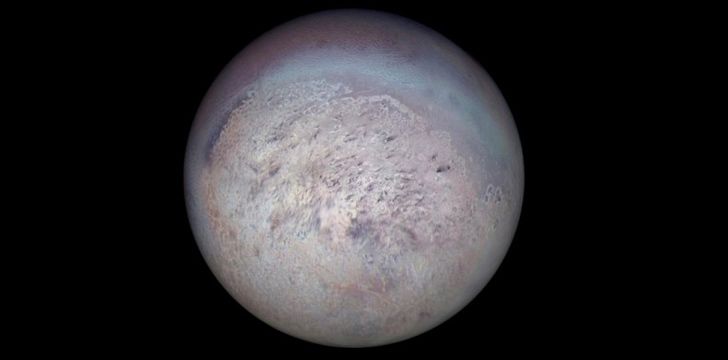
Triton was discovered in 1846 by the British astronomer, William Lassell.
It’s the only large moon that orbits their planet backwards.
Neptune is 58 times bigger than Earth.
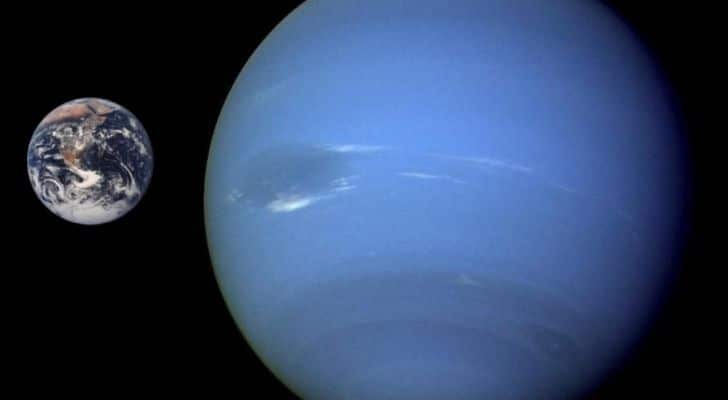
Although Neptune is 58 times bigger by volume than Earth, it is only 17 times heavier.
This is due to the much lower density of 1.6 g/cm3 – Earth’s density is 5.5 g/cm3.
Neptune has the strongest winds in the Solar System.
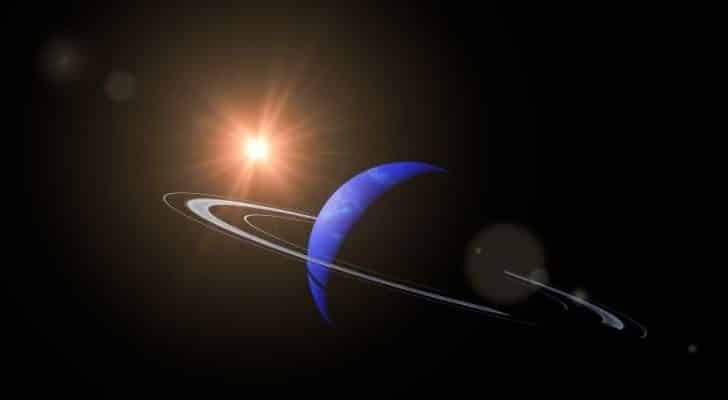
The strongest winds that have ever been recorded in our Solar System have come from Neptune.
The speeds recorded reached 1,250 miles per hour – that’s equivalent of 2,000 kilometers per hour!
Like Saturn, Neptune has three rings orbiting the planet.
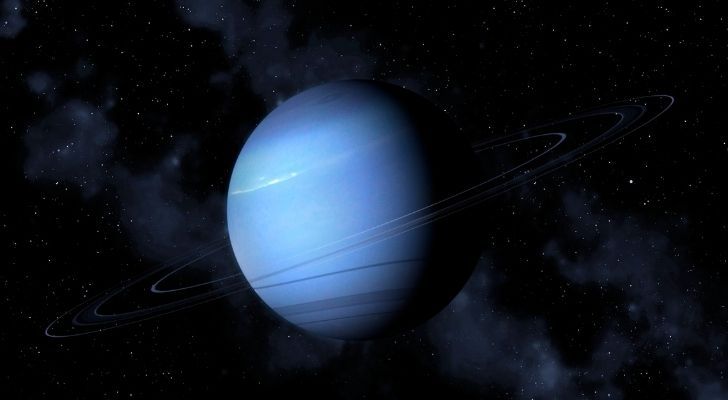
Two are fairly thick, whilst the third is very faint ring.
These rings are smaller than the rings of Saturn and are made of dust.
Neptune’s mass is 17 times greater than Earth’s.
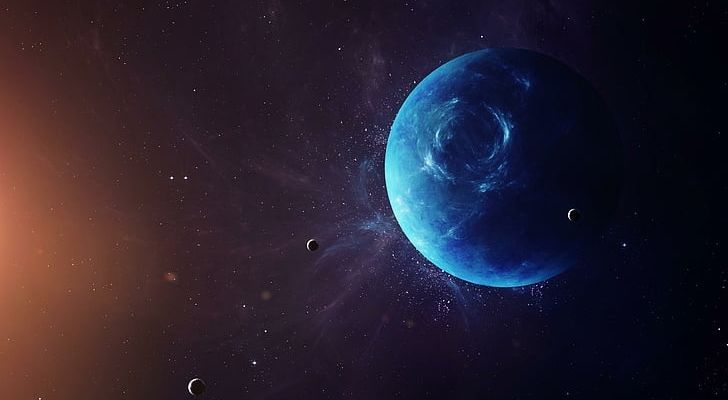
Although Neptune is smaller in diameter than Uranus, it has a greater mass.
Neptune’s mass is 17 times greater than that of Earth’s, whilst Uranus is only 14.5 times greater.
Some people believe that Pluto was once a moon of Neptune.
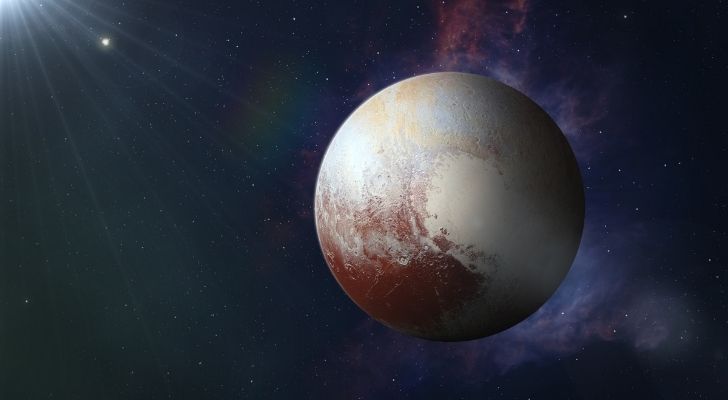
They believe that Pluto broke away from Neptune’s gravitational pull, although there is not enough evidence to back up this theory.
